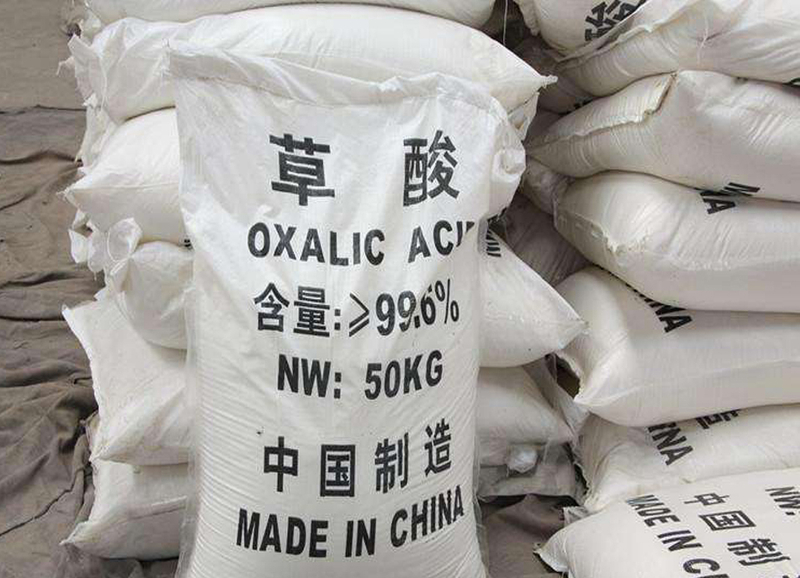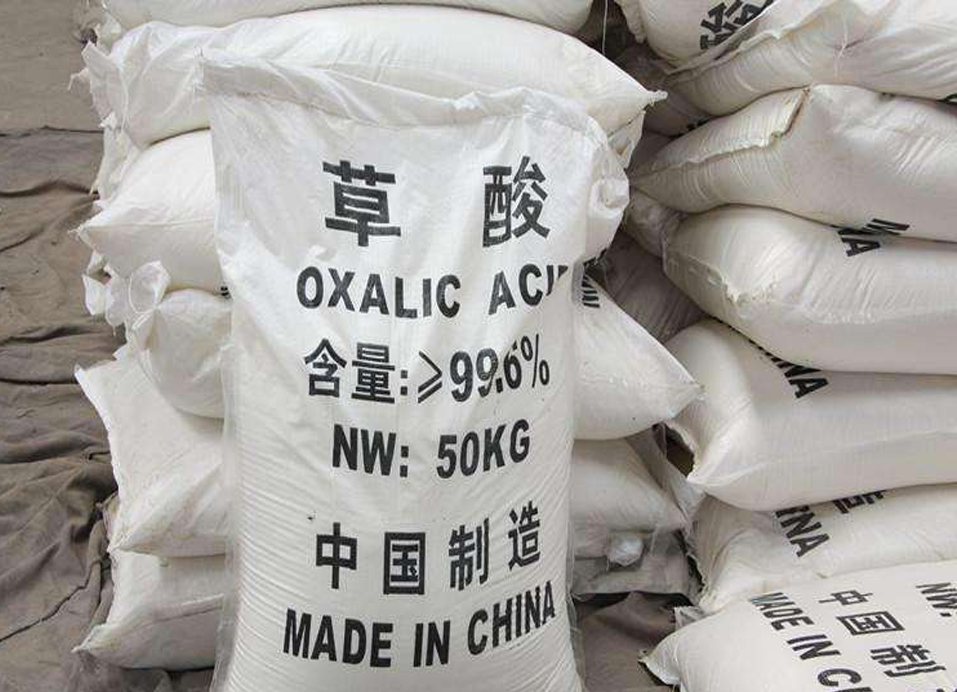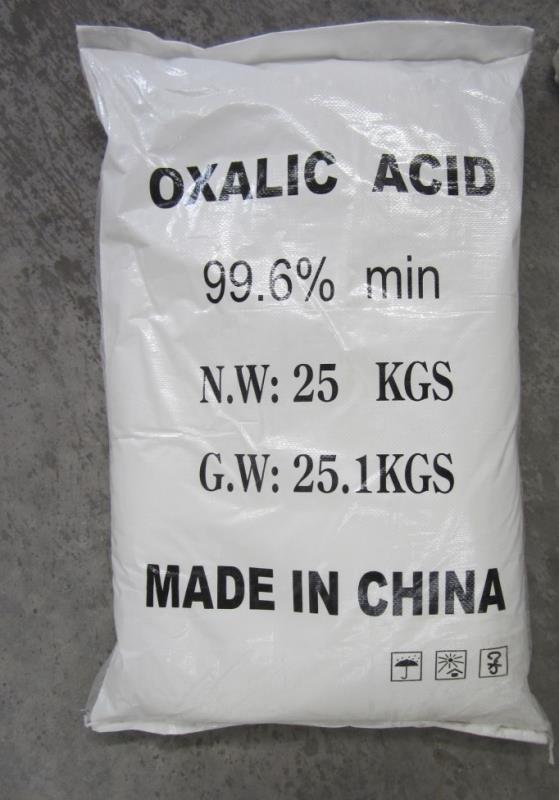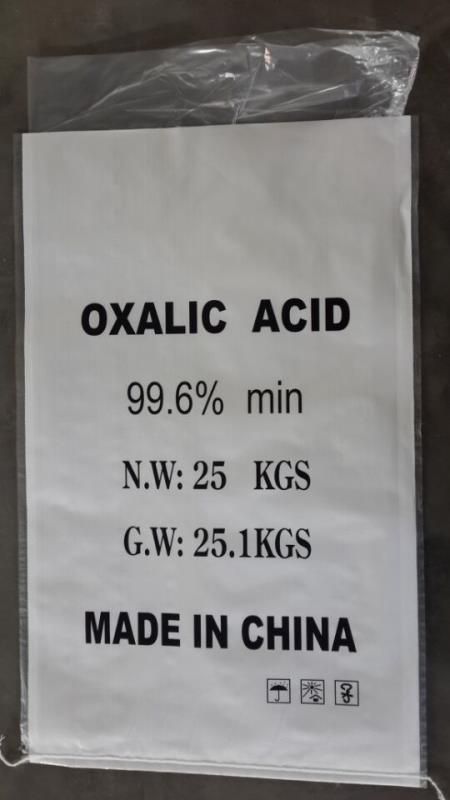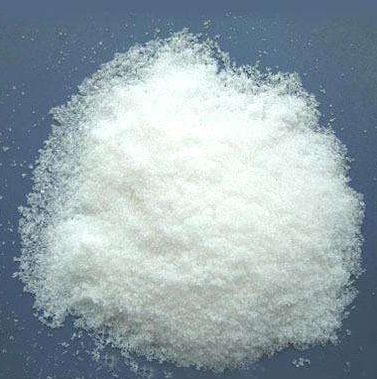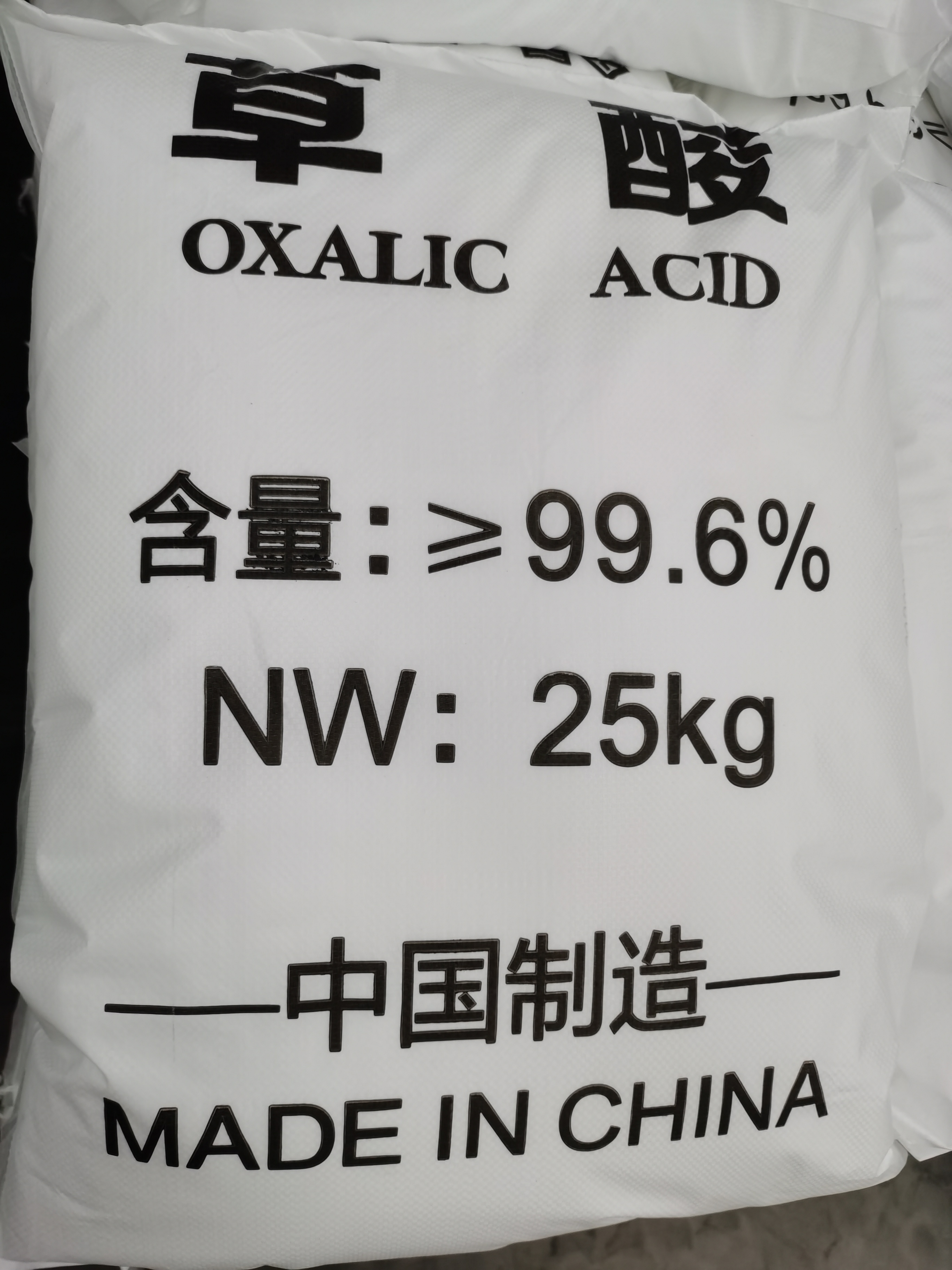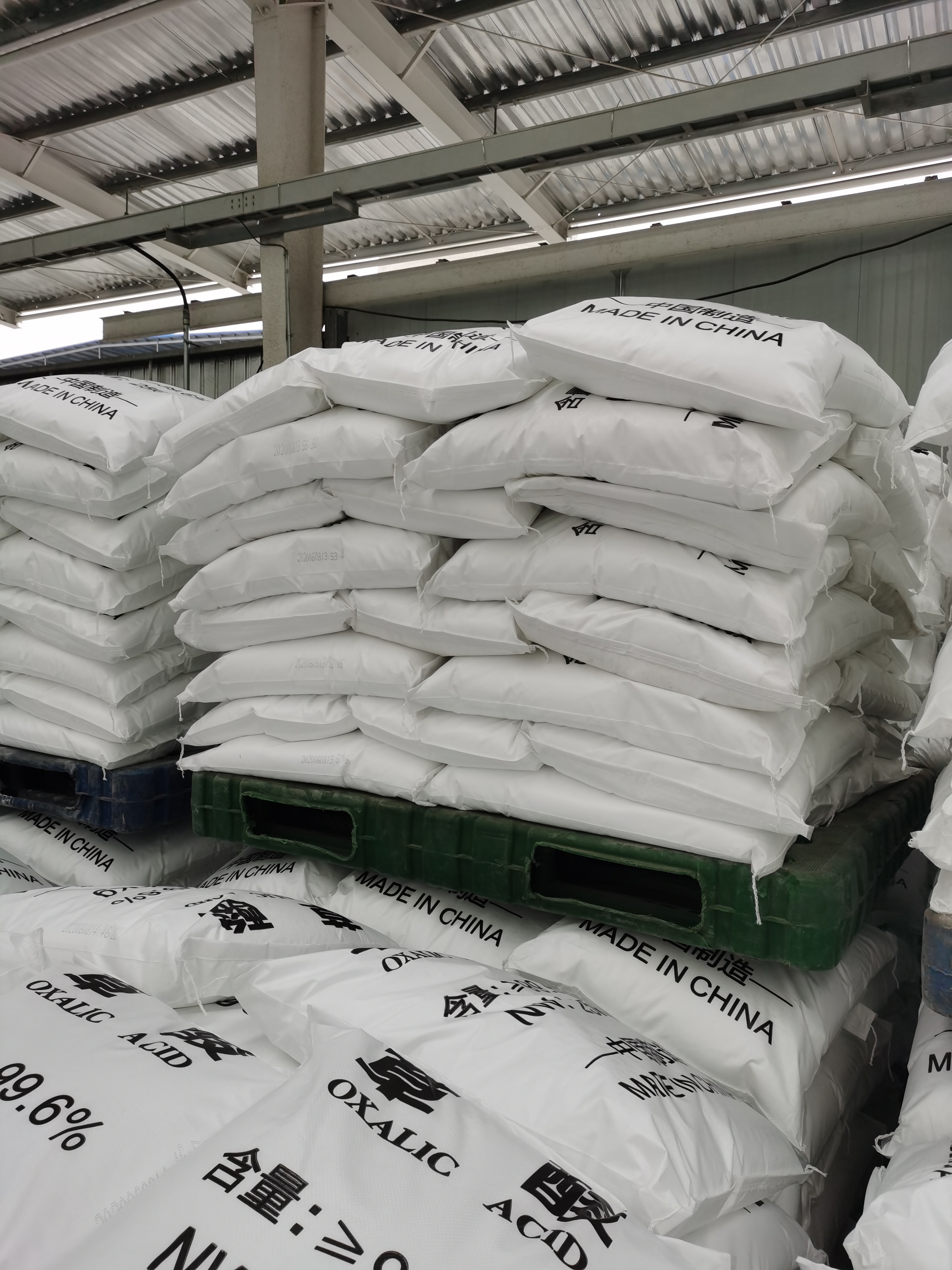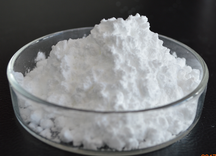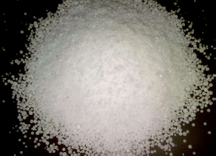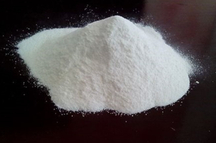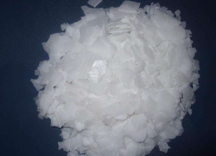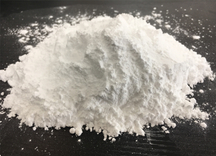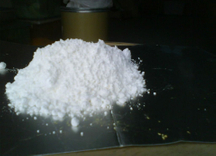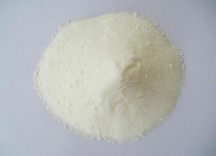Oxalic acid:
CAS No. : 6153-56-6
EINECS No. : 205-634-3
MF : C2H6O6
Purity : ≥99%
Appearance : White crystalline small particles or powder
Nature :
1, colorless transparent crystal or powder.
2, soluble in ethanol. Dissolved in water. Micro-soluble ether. Do not dissolve in benzene and chloroform. Soluble in water 100mL 4900g (25 ° C), the highest concentration of 98%.
3, oxalic acid began to sublimate at 100 ºC, 125 ºC rapid sublimation, 157 ºC when a large number of sublimation, and began to break down.
Quality index :
| Test Items | Unit Of Measure | Lab Test Results |
| Appearance | White crystal | White crystal |
| Oxalic acid,%,≥ | 99.6 | 99.9 |
| SO4,%,≤ | 0.20 | 0.03 |
| Ignition residue,%,≤ | 0.20 | Qualified |
| Heavy metal(Pb),%,≤ | 0.02 | 0.0005 |
| Fe,%,≤ | 0.01 | 0.0002 |
| Chloride,%,≤ | 0.01 | 0.0005 |
| Ca,%,≤ | 0.0001 | 0.00001 |
Application :
1, oxalic acid is mainly used as a reducing agent and bleaching agent.
2, dyeing industry as bleach, washing industry as a reductant.
3, for the production of antibiotics and borneol and other drugs and refined rare metal solvents, dye reductant, tanning agents.Storage Precautions: Transport by country, far from oxides and alkalis. Storage and transportation according to toxic chemicals. Stored in a cool, dry, ventilated not subject to Japan, the storage period of 2 years.
Packaging: plastic woven bag, lined with plastic bag, net weight 25kg.
Usage:
1. In Metallurgy industry: as precipitating and separating function for Rare-earth metal.
2. In Light industry: polishing for Marble, rust-remover, bleaching, dirt-remover, leather-processing, wood, and aluminium products etc.
3. In Dyeing and printing industry: as reducing agent for dyeing and printing industry, as bleaching agent for textile, substitute for Acetic acid, as coloring mordant for fast pigment dyestuff.
4. In organic synthetic: used in 2133 resin, Urea-formaldehyde molding powder, Butadiene catalyst, etc.
5. In electron industry: preparation of chemicals raw material for porcelain capacitor, preparation of electron equipment detergent.
6. In other aspects: as analysis reagent, raw material of chemicals.
Packing:
1.In plastic woven bag 25kg net, lined with PE bag
2. In jumbo bag.
The above mentioned all can be Palletized & stretch wrapped.

